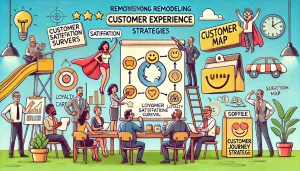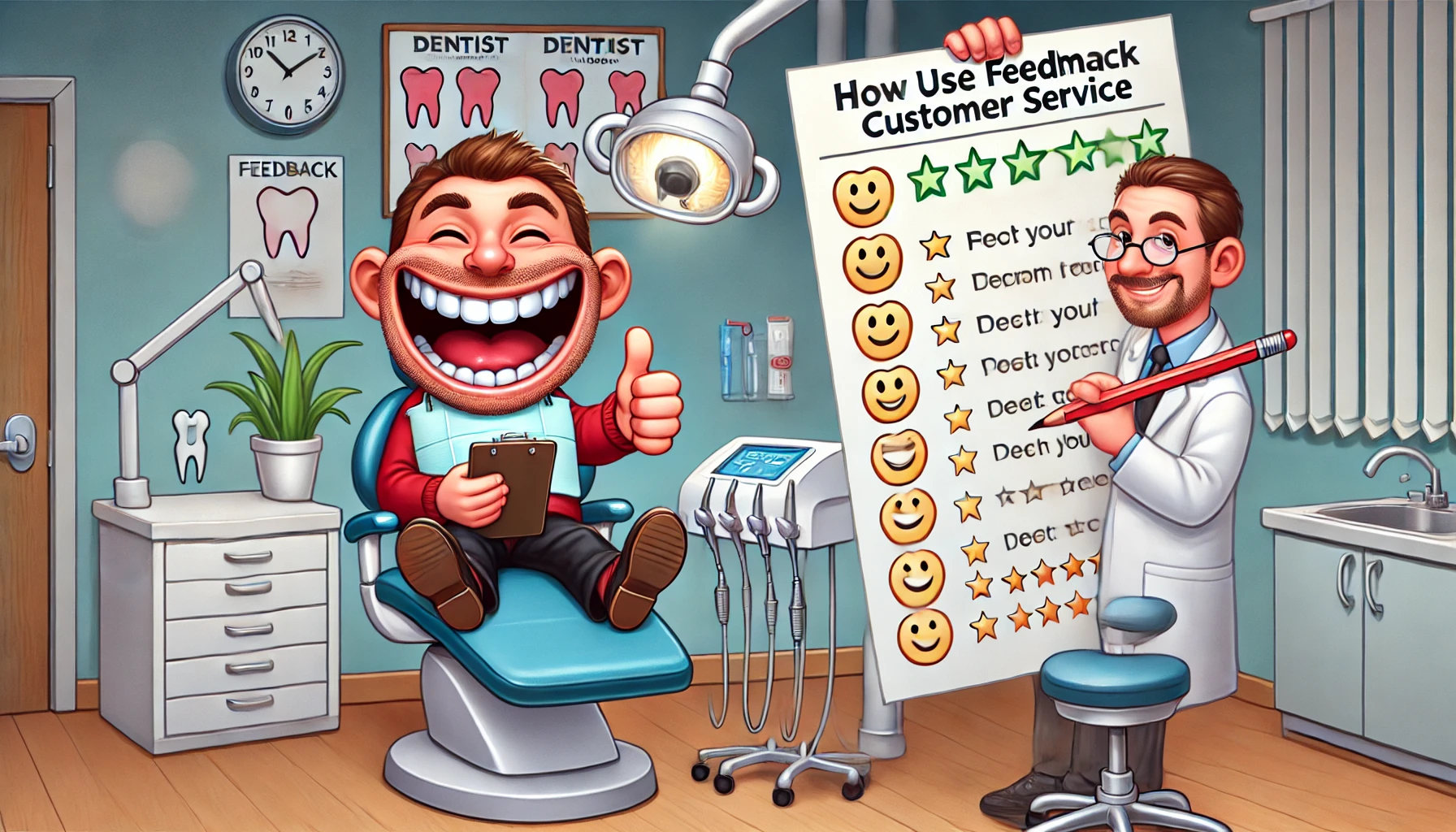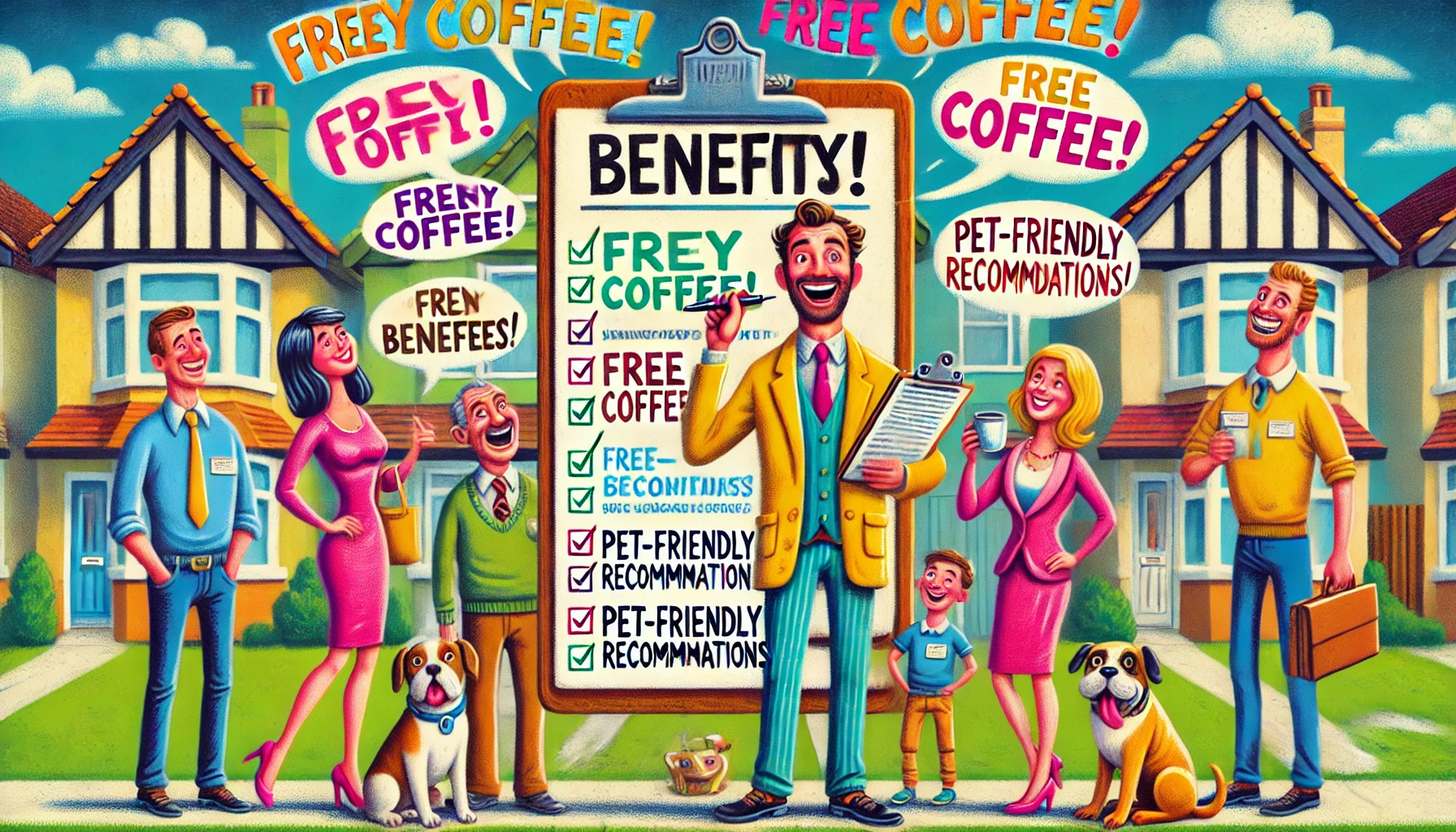Customer experience strategies for remodeling: Boost satisfaction and loyalty

The importance of customer experience in business
Experience as a business differentiator
In today’s competitive market, the saying “experience is business” holds more truth than ever before. This concept underscores that businesses aren’t just selling products or services; they’re selling the experiences that accompany them.
Customer experience (CX) has evolved into a crucial differentiator for organizations striving to stand out.
A compelling customer experience can deliver significant business value, often making it challenging for competitors to replicate. According to McKinsey, companies that focus on delivering superior customer journeys outperform those that only manage individual touchpoints by 53% in terms of customer satisfaction, and they can boost their revenue by up to 10% while reducing costs by as much as 25%.
Journey-focused experience
It’s not enough for companies to merely offer a user-friendly website or a well-designed mobile app. Customers often interact with a brand through multiple channels, and each of these touchpoints must integrate seamlessly to create a cohesive and satisfying journey.
Research from Gartner highlights that 89% of companies now compete primarily on customer experience, and those that manage customer journeys effectively see up to a 20% lift in customer satisfaction, a 15% increase in conversion rates, and a 30% drop in churn.
Focusing on these customer journeys has a direct impact on key business metrics like revenue, churn rate, and customer loyalty. As a result, investing in the design and optimization of entire customer journeys should be a top priority in any organization’s user experience (UX) strategy.
Operational shifts towards CX
While many organizations recognize the importance of broader customer experience initiatives, few are willing to commit to the necessary operational changes to make this vision a reality. A study by Forrester indicates that only 17% of companies have successfully integrated customer experience into their operations, even though 84% of companies aspire to be customer experience leaders.
Transitioning to a journey-focused operational model requires a strategic shift away from traditional product- and channel-centric approaches, which often result in fragmented and inconsistent customer experiences. This shift can be challenging due to the complexities and uncertainties involved, but the potential benefits make it a worthwhile endeavor.
Effective client communication and management in remodeling projects
Clear communication
From the outset, maintaining open and transparent communication channels with clients is crucial in remodeling projects. This involves keeping clients informed about the process, timeline, and potential challenges.
A survey conducted by the National Association of Home Builders (NAHB) found that 83% of clients value consistent communication throughout the project, which significantly enhances their overall satisfaction.
Setting realistic expectations
Setting realistic and achievable goals within the client’s budget and time constraints is essential to avoid misunderstandings and ensure satisfaction. Discussing project timelines and scope transparently can prevent potential conflicts.
According to the Project Management Institute (PMI), projects that clearly define expectations and objectives have a 76% higher chance of being completed on time and within budget.
Customization and software utilization
Each remodeling project is unique, tailored to the client’s specific needs and preferences. For instance, bathroom remodels require precise customization to meet individual client expectations.
Utilizing platforms like Joist for remodeling estimates and invoicing can provide clients with accurate financial projections and streamline payment processes. A report by Houzz shows that 84% of homeowners prefer using digital tools for project management, which enhances transparency and builds trust.
Regular client feedback
Listening to clients’ needs and preferences before and during the project is vital for success. Offering options that align with their budget and incorporating their feedback can simplify the remodeling process, ensuring the project meets their vision.
A study by Harvard Business Review indicates that businesses that actively seek customer feedback and make adjustments accordingly enjoy a 15% increase in customer retention and a 25% increase in revenue growth.

Ensuring quality and transparency in remodeling projects
Use of high-quality materials
Investing in high-quality materials is crucial for ensuring durability and client satisfaction. Discussing the advantages of these materials allows clients to make informed decisions that align with their budget and preferences.
According to the U.S. Chamber of Commerce, 68% of clients are willing to pay more for high-quality materials, as it translates to longer-lasting results and higher satisfaction.
Creating detailed contracts
Providing a detailed, easy-to-understand contract that outlines the scope of work, timeline, costs, and other pertinent information is essential for transparency. This clarity sets clear expectations and protects both parties.
The American Institute of Architects (AIA) reports that projects with well-defined contracts see a 40% reduction in disputes and legal issues.
Regular client updates
Keeping clients informed about project progress through regular updates, whether through email, phone calls, or face-to-face meetings, ensures transparency and clarity. Research by the Construction Management Association of America (CMAA) shows that 70% of project delays and issues can be mitigated with consistent client updates and communication.
Managing challenges and ensuring client satisfaction
Minimizing disruptions
Remodeling projects can be disruptive, but planning the work in phases and around the client’s schedule can minimize this. Effective communication about timing helps manage client expectations, reducing stress and inconvenience.
Flexibility in client requests
Remaining flexible to accommodate changes or challenges during the project is key to client satisfaction. This adaptability ensures that the final outcome meets the client’s needs.
A study by the Remodeling Futures Program at the Joint Center for Housing Studies of Harvard University found that 65% of clients appreciate contractors who can adapt to changes without significant cost increases.
Meeting deadlines and ensuring craftsmanship
Adhering to project deadlines is crucial for client satisfaction. Utilizing project management tools helps in planning efficiently and staying on track.
High-quality craftsmanship and attention to detail are essential for delivering a successful project and happy clients. According to the Project Management Institute (PMI), 90% of projects that use advanced project management tools are completed on time and to the client’s satisfaction.
Handling challenges gracefully
Unexpected challenges are common in remodeling projects. Handling these issues with patience and finding quick solutions while keeping the client informed prevents the situation from becoming a remodeling horror story.
Research shows that contractors who handle issues with grace and efficiency see a 23% increase in client referrals.

Post-project client engagement and feedback
Following up with clients
After completing the project, following up with the client to ensure their satisfaction is important. This provides an opportunity to receive final feedback and make any necessary adjustments.
A follow-up survey by Remodeling Magazine found that 72% of clients are more likely to recommend a contractor who checks in after project completion.
Encouraging reviews
If clients are happy with the remodeling project, suggesting they leave a review can be highly beneficial. Positive reviews and word-of-mouth referrals can significantly impact future business.
A BrightLocal survey found that 87% of consumers read online reviews for local businesses, and 79% trust them as much as personal recommendations.
Emphasizing a clean, safe worksite
Clients often feel uneasy during a remodel due to safety concerns and disruptions. Emphasizing site preparation, daily cleanup, and safety measures can ease their minds and improve their overall experience.
The Occupational Safety and Health Administration (OSHA) states that maintaining a clean and safe worksite can reduce the likelihood of accidents by up to 45%.
Providing a wow-factor finish

Expert opinions on strategies to improve customer experience for remodeling
Dr. Emily Farnswick, Customer experience specialist: “In my 20 years of research, I’ve found that the key to improving customer experience in remodeling lies in transparent communication. Contractors should implement a daily update system, whether through a dedicated app or email, detailing progress, challenges, and next steps. This keeps clients informed and reduces anxiety about the process.”
Olivia Chen-Watkins, Digital marketing strategist: “In today’s digital age, remodeling companies must leverage social media to improve customer experience. I suggest creating private, project-specific Instagram accounts for each client. This allows for real-time visual updates and creates a shareable ‘story’ of the remodeling journey, increasing client engagement and satisfaction.”
Dr. Samantha Reeves, Behavioral economist: “My research indicates that offering clients a choice between 3-5 curated design options at each decision point reduces decision fatigue and increases overall satisfaction. This ‘guided choice’ approach balances the desire for personalization with the need for expert direction.”

 8 min
8 min 






